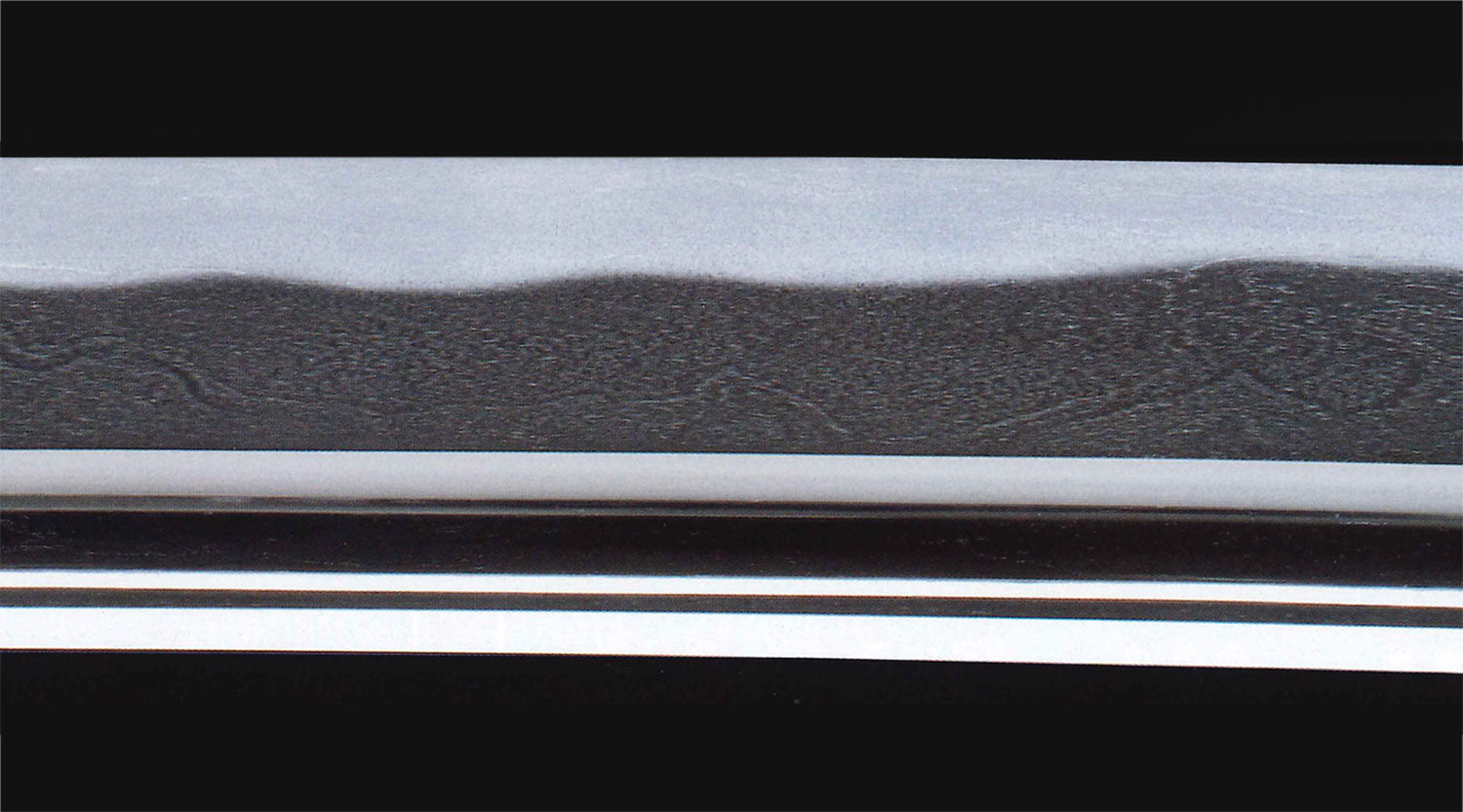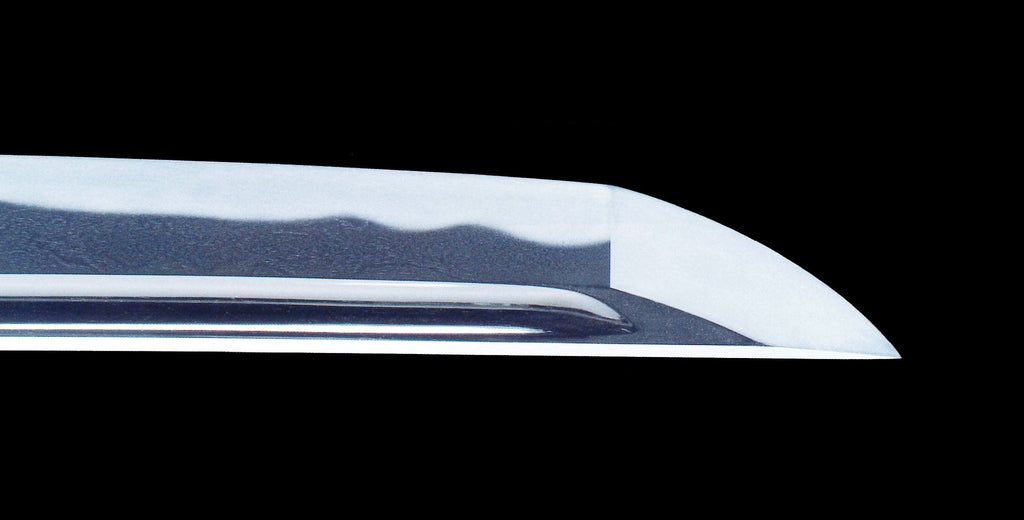A group of swordsmiths who produced the famous sword, Masamune
Soshu refers to the Sagami Province, which is now current Kanagawa Prefecture. Sagami Province flourished as the center of the Kanto Region until the Warring States Period, when Minamoto no Yoritomo established the Kamakura Shogunate based politically in Kamakura, Sagami Province. Because there were many indigenous samurai families in the Kanto region, there was also a high demand for weapons including swords. The technique of sword smithing was also handed down in Kamakura, but in order to produce even better-quality swords, the Kamakura Shogunate decided to invite Awataguchi Kunitsuna of the Yamashiro Province and Kunimune and Sukesane from Bizen Province to Kamakura to make swords in the mid Kamakura period. This was the beginning of Soshu-den.

Shintogo Kunimitsu, the founder of Soshu-den, was the son of Awataguchi Kunitsuna. His students were Yukimitsu, Norishige, and Masamune. Among these, Masamune in particular emerged at the end of the Kamakura period (1185-1333) as being well known both in Japan and abroad as the creator of "Masamune Masterpieces," and is known as the swordsmith who perfected the Soshu-den style. Thanks to him, the fame of Soshu-den spread throughout the country and reached an era of prosperity during the Nanbokucho period.
A characteristic of the Soshu-den sword is that the overall dimensions are long and the difference between the motohaba and sakihaba is small. The kissaki was extended more than usual, and the weight was made lighter. The Jitetsu often has itame, like a wooden board, mixed with mokume and nie, like grains of sand are mixed on the border of the blade. The hamon is often dynamic, like waves crashing together with many irregular midare and gunome midare designs. Compared to the other four, Soshu-den has a style that is full of high spirits, or in other words, a flamboyant style.

Because this style matched the temperament of samurai warriors, they preferred Soshu-den swords, allowing it to spread throughout the country. This spread had a great influence on swordsmiths in various regions. For example, Osafune Kanemitsu of Bizen-den combined the traditional jitetsu of Bizen-den with a hamon that emphasized the nie of Soshu-den. This trend continued into the Edo period, and it is no exaggeration to say that the hamon of Edo period swords were influenced in no small measure by Soshu-den.

Want to buy authentic Samurai swords directly from Japan? Then TOZANDO is your best partner!

Leave a comment: